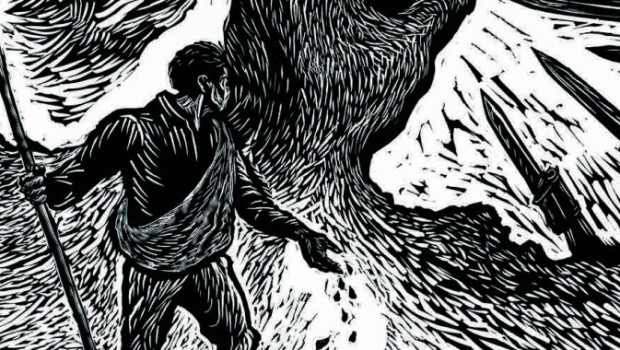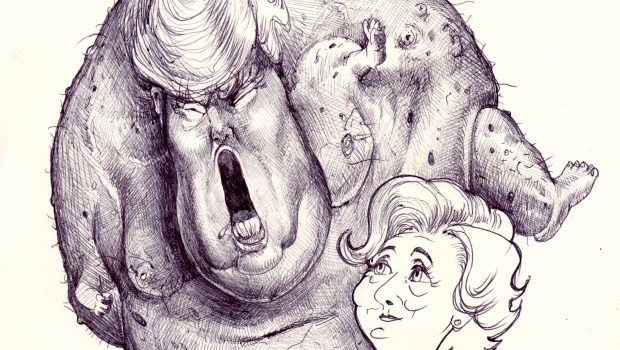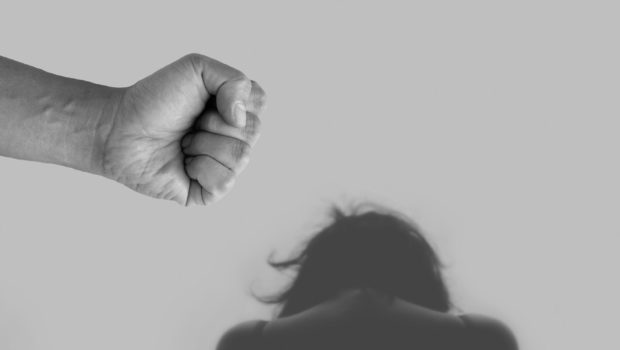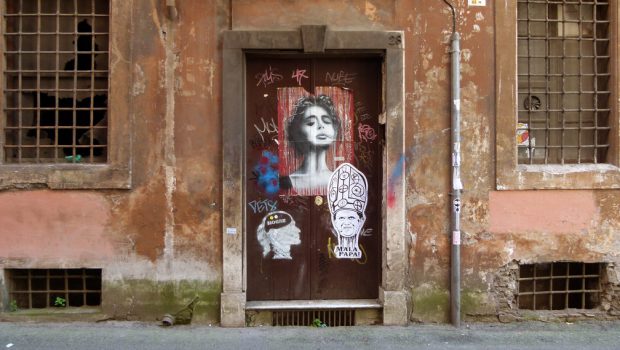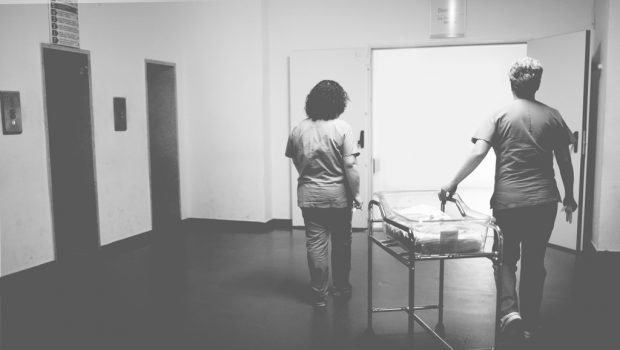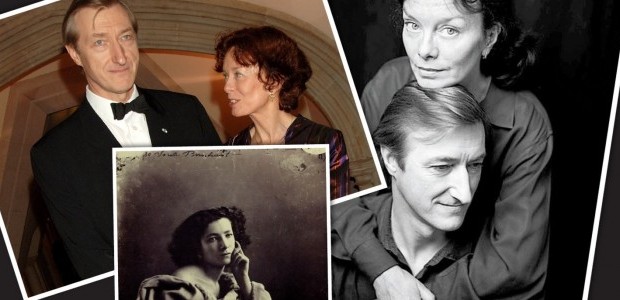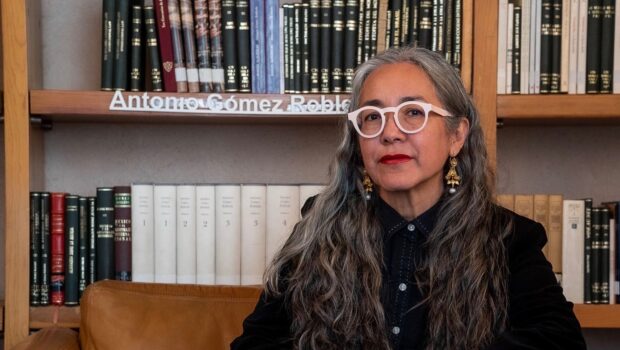Neither Peace Nor Freedom
Patrick Iber
- The Cultural Cold War in Latin America
“The intellectuals in Latin America,” declared Brazilian sociologist Fernando Henrique Cardoso in 1971, “are the voice of those who cannot speak for themselves.” Mexican writer Carlos Fuentes similarly argued, toward the end of the Cold War, that where civil society was repressed, the intellectual had to take on multiple social roles as a “tribune, a member of parliament, a labor leader, a journalist, [and] a redeemer of his society.” Both Cardoso and Fuentes were articulating a common understanding of the position of Latin American intellectuals in the second half of the twentieth century. As privileged communicators from a part of the world riven by some of its deepest inequalities, their challenge was not simply to interpret the continent but to change it. Progressive left-wing authors and artists from the region were said to be unusually close to political power. They were appointed to diplomatic posts, they worked to lobby rulers on behalf of an assumed popular voice, they opposed and even assassinated dictators, and they sometimes held high political office themselves.
But the idea that there was in twentieth-century Latin America a cosmopolitan, progressive community of artists and thinkers who could speak for and redeem a region through words and actions was a myth. Not even false, but a myth, for it was an emotive story that obscured a more complex and troubling reality. It was true that the best-known artists from Latin America, with a few notable exceptions, belonged to the political Left. But it was also a divided Left that faced a series of difficult choices. “Every revolutionary,” wrote Albert Camus, “ends by becoming either an oppressor or a heretic.” Intellectuals’ relationships to governments within and outside the region made them both allies and opponents of oppression at the same time. It was not as simple as electing to be an oppressor or a heretic: the choices facing intellectuals from Latin America during the Cold War meant that they were often both simultaneously.
They were not alone, for such were the many dilemmas of the Cold War for intellectuals around the world. The political divisions they debated were heightened by the conflict between the two major world powers: the Soviet Union and the United States. Artists, writers, and other intellectuals on the left, including those in Latin America, tried to pursue justice, peace, and freedom. But, as the historian and antinuclear activist E. P. Thompson wrote, at the onset of the Cold War “the cause of freedom and the cause of peace seemed to break apart”—the idea of freedom being associated with the United States and that of peace with the Soviet Union. In their Cold War struggle, the world’s two most powerful states sought dominance in military, economic, scientific, and cultural fields, vying to demonstrate the superiority of capitalist democracy over Communism or vice versa. Education, Stalin explained, is a weapon whose “effectiveness depends on who holds it and against whom it is directed.” The Cold War, a U.S. Central Intelligence Agency (CIA) official wrote, was “fought with ideas instead of bombs.” The United States and the USSR each assumed that intellectuals would play important roles in influencing public opinion and form the vanguard of social change.
During the Cold War each superpower sponsored organizations whose goals were simultaneously cultural and political, most prominently the World Peace Council (WPC) in the case of the Soviet Union and the CIAfinanced Congress for Cultural Freedom (CCF) in that of the United States. Confident in the persuasive weight of “authentic,” local voices articulating or reinforcing the messages of Cold War powers, these bodies hoped to attract artists and intellectuals to generate works and ideas that would influence world opinion. The WPC promoted the idea that peace was equal to the interests of the Soviet Union against the warmongering and imperialism inherent in the capitalist West, led by the United States. Although it was headquartered in Europe, the WPC was well represented in Latin America by world-renowned Communist artists: the Mexican painter Diego Rivera, the Brazilian novelist Jorge Amado, and the Chilean poet Pablo Neruda, each of whom devoted his art and years of his life to the cause of peace in the early 1950s and faced persecution for doing so.
The anti-Communist CCF, by contrast, focused on the totalitarian continuities between Nazi Germany and the Soviet Union, insisting that culture could flourish only in the absence of state control and that a just society could not abandon freedom of thought in the way that Communism required. It was brought to Latin America largely by those on the left who had faced political persecution by orthodox Communists during the Spanish Civil War of 1936–1939. These exiled Spaniards shared the anti-Communist priorities of the U.S. government and found local allies in artists and politicians associated with what was known, because of its anti-Communism, as the “Democratic Left.” Although its participants spanned the political spectrum, its dominant ethos resembled that of Western European social democracy, with strong anti-Communism attached to moderate social reform in a democratic context. The CCF sponsored conferences, subsidized magazines and book publications, and organized opposition to groups that it viewed as Communist fronts, beginning with the WPC. Established in Europe in 1950 and in Latin America by 1954, it was slowly dismantled after revelations in 1967 that it had largely been financed by the CIA. Like the Communist-aligned organizations it opposed, it too had been a front.
Both the CCF and the WPC were instruments of the propaganda of ideas known as cultural diplomacy: the deliberate exchange of art, music, polemics, students, and scholars for the purpose of shaping international perceptions. But the language of “fronts,” inherited from the era, risks reducing the complex dynamics of the Cultural Cold War to a simple story of superpower manipulation. If the independence of intellectuals with respect to the state has been the central issue of the Cultural Cold War, it has sometimes obscured the degree to which the Cultural Cold War was structured not only by state power but also by the intellectual communities of the political Left that came into contact with it. Front groups were indeed instruments of cultural diplomacy, but they were also the work of political and intellectual currents whose existence predated the Cold War, and whose sources lay in what might be described as the international Left’s civil war. The arrival of the Cold War meant that the Left’s internal conflicts would be inscribed onto superpower competition, and thus that struggles for justice around the world would be refracted through the imperial interests of the United States and the USSR. In Latin America, that would leave the Left with almost no viable options for pursuing its aims without compromising them.
***
From the point of view of individuals rather than states, the central problem that left-wing intellectuals of the twentieth century tried to solve was how to bring about a humane socialism that would balance social justice and individual freedom. But how that might be achieved in the context of the Cold War was not at all obvious. The debate that unfolded between the midcentury world’s two most famous intellectuals illustrates the dilemma most clearly because versions of their argument would play out again and again. Jean-Paul Sartre and Albert Camus shared the vision that intellectuals like themselves should be “engaged”—committed to political participation and responsibility. But at the dawn of the Cold War, they could not agree on whether intellectuals should engage by committing to defend the Communist Party and the Soviet Union as it actually existed. Sartre came to believe that there was no other choice, and that, relatedly, the use of violence to overcome oppression was legitimate and inevitable. Sartre’s committed intellectual had to think of himself first as part of a movement, which required self-censorship. “An anti-Communist,” he said, “is a dog.”
For Camus, the first obligation of the intellectual was to the truth. In his view, the twentieth century had repeatedly justified political crimes with philosophical arguments that could produce plausible abstractions but generated human misery. Soviet partisans, for example, denied elementary truths about their “utopia.” “Slave camps under the flag of freedom, massacres justified by philanthropy or by a taste for the superhuman . . . cripple judgment,” wrote Camus. Camus did not want to countenance murder simply because it was carried out in the name of the oppressed. He was left only with anti-Communism. “The great event of the twentieth century,” he announced in the early 1950s, “was the forsaking of the values of freedom by the revolutionary movements.”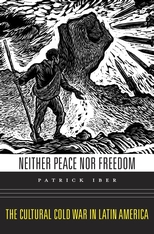
In the atmosphere of the early Cold War, these views were seemingly incompatible. It was a conflict over politics and personal political conduct, over which of the twentieth century’s many models of intellectual life was most morally compelling. Camus’s intellectual was a sharpshooter, an exile even in his own land, a denier of dogma—but also an individual, perhaps an individualist. He could not quiet uncomfortable truths about the failures of revolutionary societies. But in Sartre’s view, Camus’s anti-Communism cut him off from the reality of prosaic violence in the capitalist and imperialist West, and from the only people who truly constituted a movement that could challenge injustice. Sartre’s model of intellectual life in the early 1950s was committed to affiliation with a movement whose faults could be only hesitatingly and quietly acknowledged, if at all. Camus’s position required the intellectual to be a dissenting voice; Sartre’s view—although it would evolve—seemed to make dissent impossible.6
The problems Sartre and Camus posed were universal, but different conditions gave them different inflections as they moved throughout the globe. Peruvian writer Mario Vargas Llosa, for example, remembered reading the debates between Sartre and Camus in the 1960s and thinking that Sartre had the better of the argument. The struggle against imperialism and for national self-determination and socialism justified a great deal of discretion. But Vargas Llosa, like many others, would eventually conclude that he had been too quick to dismiss the arguments of Camus. Years of dealing with actual revolutionary governments, from the Soviet Union to Cuba, convinced him that the flaws of revolutionary movements and societies were too great to be passed over in the silence of solidarity and had to be confronted directly. But others, such as the Colombian writer Gabriel García Márquez, remained solidly in the revolutionary camp. García Márquez was Fidel Castro’s frequent guest and, in the words of one critic, Castro’s “most important instrument of public relations on the international front.” The relationship between Vargas Llosa, who grew increasingly right-wing over the course of the 1970s, and the staunchly left-wing García Márquez—perhaps the two most successful Latin American novelists of their generation—deteriorated to such a degree that, as with Sartre and Camus, their friendship could not be maintained. When they met at a theater in Mexico in 1976, Vargas Llosa threw what has been described as the “most famous punch in the history of Latin America,” laying out a dazed García Márquez.
But the Cultural Cold War was not simply a matter of literary quarrels. It was the expression in art and ideas of a war that was not fought with weapons but with social systems. It has been studied closely in the North Atlantic world of Europe and the United States, where it is almost always told as a story of the corruption of intellectual life by state power. For those of a liberal cast of mind, the primary sinners were the Communists and their fellow travelers who abetted Stalinist totalitarianism. In the tradition of Julien Benda’s influential 1927 work La trahison des clercs, which argues that intellectuals should be autonomous and dedicated to universal values rather than responsible for inflaming political passions, many historians have judged that the efforts of Cold War intellectuals to align themselves with the oppressed were morally obtuse failures. The historian Tony Judt, for example, noted that “a disconcerting number of prominent intellectuals on Right and Left alike proved strikingly irresponsible in their insouciant propensity for encouraging violence to others at a safe distance from themselves.” Others put it even more strongly, arguing that twentieth-century intellectuals were “philotyrannical”: admirers at a distance, or even up close, of murderous and repressive regimes in Nazi Germany and the Soviet Union. “Distinguished professors, gifted poets, and influential journalists,” wrote Mark Lilla, “summoned their talents to convince all who would listen that modern tyrants were liberators and that their unconscionable crimes were noble, when seen in the proper perspective.” Left-wing revolution was seductive, and since it did not occur in Western Europe or the United States in the twentieth century, intellectuals there could imagine it as a solution to problems they had without confronting the other problems it would create.
But the end of the Cold War was widely understood as a victory for liberal democracy and its economic counterpart, capitalism, which produces no shortage of its own injustices. Another line of scholarship, then, has focused not on the transgressions of the Communists but on those of the anti-Communists, especially those who belonged to the CCF. To this end, the intellectual model usually invoked is not Benda but the Italian Marxist Antonio Gramsci. In contrast to Benda, Gramsci thought that the idea of the autonomous, freethinking intellectual was a convenient fiction. In the early 1930s, writing from a fascist jail, Gramsci warned that intellectuals who considered themselves free of class commitment would in fact organize the defense of society’s dominant classes. Gramsci was interested in the “organic” intellectuals produced by class struggle, especially those aligned with the proletariat to undermine the combination of coercion and consent—what he called hegemony—underlying an unjust capitalist social order.
The Cultural Cold War first became a subject of intense political debate in the United States because of revelations in 1966 and 1967 that the CIA, through the CCF and other organizations, had been sponsoring the work of artists, students, and intellectuals at home and abroad. The exposure of the CIA’s role meant that a quasi-Gramscian critique was readily available, even if it did not use Gramsci’s exact language. An early critical essay by Christopher Lasch, for example, argued that “men who have never been able to conceive of ideas as anything but instruments of national power”—the (North) American intellectuals who had participated in the CCF—“were the sponsors of ‘cultural freedom.’ ” Historians have since debated the merits of Lasch’s assertion. Some who sympathized with the antitotalitarian politics of the CCF wrote histories that cast its members as heroic defenders of liberty who dispelled the illusions of Stalinist fellow travelers, and that made the CIA out to be a relatively disinterested and distant sponsor of their work. But subsequent scholarship demolished the notion of the disinterested CIA. Many CCF participants knew of the connection. The CIA’s presence, unsurprisingly, shaped the priorities of the organization. In Gramscian terms, CCF members have been likened to the intellectual class produced to articulate the defense of a reformed global capitalism: the “organic intellectuals” of the welfare state. In so doing, it has been argued, liberal Cold War intellectuals and foundations, aligned with the United States, helped establish the basis of U.S. global hegemony, cultural domination, and imperialism. For many scholars who see the Cultural Cold War primarily as an expression of U.S. government power, the collusion of anti-Communists in the construction of capitalist hegemony is its greatest sin and its lasting legacy.
A careful examination of the documentary record, however, has blurred such sharply drawn images. Without question, the CIA would not have funded the CCF without the intention to advance the interests of the United States. But participation in front organizations did not mean that affiliated intellectuals were reduced to puppets on a string. The CIA did not always get the responses that it sought, even from the organizations it supposedly controlled. Multiple agendas were in play, and anti-Communists, including those on the political Left, had many reasons for their actions and their strategic alliances with the U.S. government.
To be sure, anti-Communists could have seen themselves as independent and uninterested in furthering U.S. hegemony and still have done so through their actions. But the Cultural Cold War needs to be understood on its own terms rather than simply as a history of state institutions and objectives. Although one should not lose sight of the ways in which both Communist and anti-Communist intellectuals could act as accessories of imperial state power, the Cultural Cold War was also a bottom-up phenomenon, not one directed solely from above. It was an integral part of the history of the Left in the twentieth century, and its protagonists included not only spy agencies but also artists, scholars, union leaders, and politicians, who tried to use the conflict as a way of advancing their agendas and visions. Their successes and failures—mostly the latter—in trying to find a path toward a humane socialism helped define and set the limits of the meaning democracy itself would have during the Cold War.
*This excerpt belongs to Neither Peace nor Freedom: The Cultural Cold War in Latin America, (Harvard University Press, 2015).
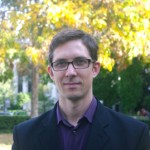 Patrick Iber is the author of Neither Peace nor Freedom: The Cultural Cold War in Latin America, (Harvard University Press, 2015). He is assistant professor of the history of the “US and the World” at the University of Texas at El Paso. His Twitter is @PatrickIber
Patrick Iber is the author of Neither Peace nor Freedom: The Cultural Cold War in Latin America, (Harvard University Press, 2015). He is assistant professor of the history of the “US and the World” at the University of Texas at El Paso. His Twitter is @PatrickIber
Posted: April 3, 2016 at 10:30 pm


